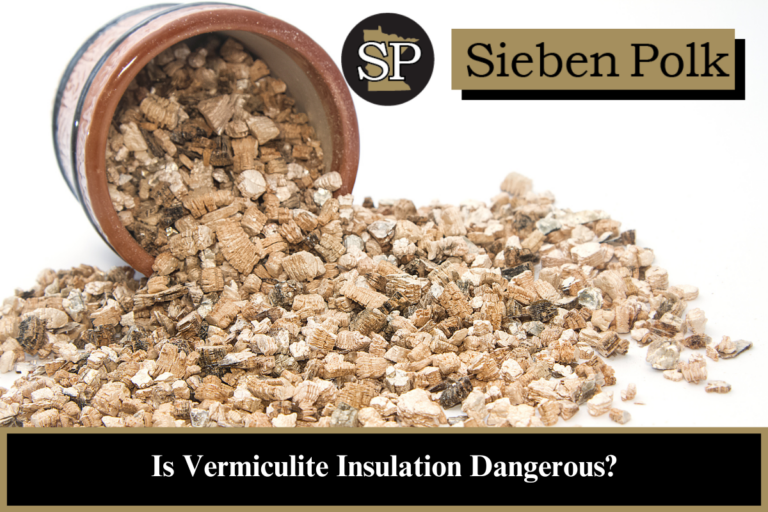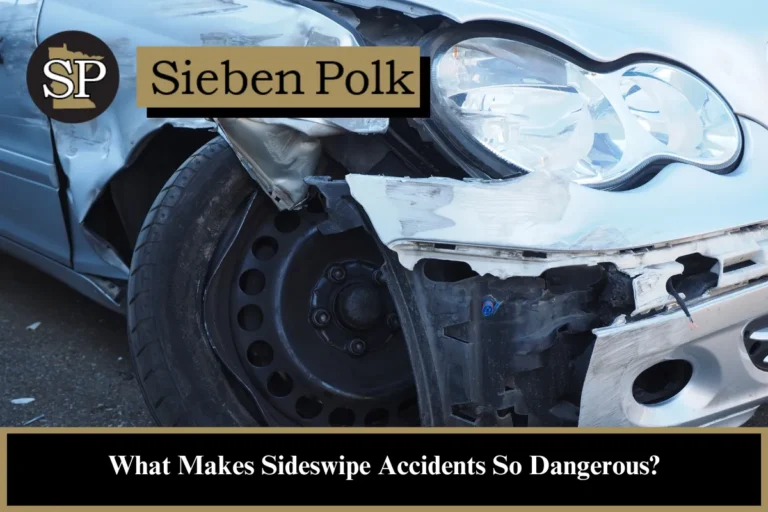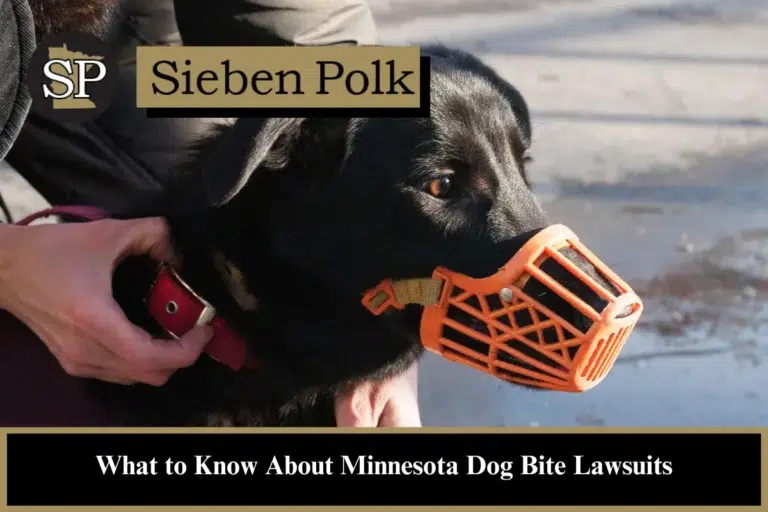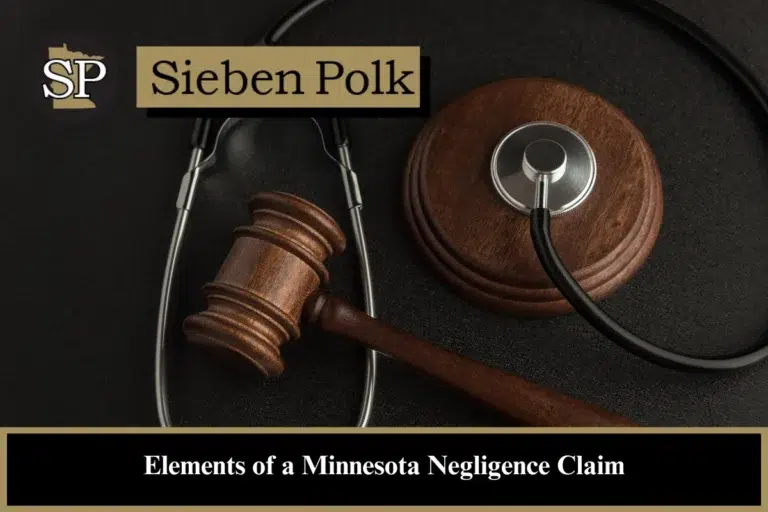Many people may unknowingly have vermiculite insulation in their homes. This type of loose-fill insulation was widely used in the United States, especially in colder climates such as Minnesota, Wisconsin, and the Dakotas. It was most commonly installed in attics as a way to provide efficient thermal insulation.
Navigate This Page
- What Is Vermiculite Insulation?
- Asbestos Contamination in Vermiculite Insulation
- When Was Asbestos Banned in Insulation?
- Ongoing Dangers of Vermiculite Insulation
- How to Handle Vermiculite Insulation Safely
- How to Identify Hazardous Vermiculite Insulation
- Legal Options for Those Affected by Asbestos Exposure
- Related Reading
What Is Vermiculite Insulation?
Vermiculite insulation is a mineral product known for its excellent heat and fire-resistant properties. These characteristics made it a popular choice for building materials, particularly insulation. However, vermiculite insulation also comes with hidden risks, especially if it contains asbestos fibers.
Asbestos Contamination in Vermiculite Insulation
A significant portion of the vermiculite used in insulation came from the mine in Libby, Montana, which was later found to have high levels of asbestos contamination. Asbestos inhalation has been linked to serious health conditions, including mesothelioma, lung cancer, and asbestosis. The dangers of asbestos were not immediately known, leading to widespread use of contaminated vermiculite.
When Was Asbestos Banned in Insulation?
It wasn’t until 1978 that the U.S. government began regulating and banning the sale of insulation containing asbestos. In the 1990s, the Environmental Protection Agency (EPA) updated their guidelines to allow the sale of vermiculite insulation as long as it contained less than 1 percent asbestos. While this lowered the risk, it did not entirely eliminate the dangers.
Ongoing Dangers of Vermiculite Insulation
Despite revised standards, the use of vermiculite insulation continued, and investigations by the EPA and the New York Committee for Occupational Safety and Health found that even small amounts of asbestos in insulation could still pose significant health risks. This was especially concerning after the events of 9/11, when additional studies confirmed the ongoing hazards of vermiculite insulation.
How to Handle Vermiculite Insulation Safely
If you suspect that your home contains vermiculite insulation, it is crucial not to disturb it. Disturbing the insulation could release asbestos fibers into the air, creating a serious health risk. Keep children and pets away from areas where this insulation is present.
How to Identify Hazardous Vermiculite Insulation
Not all vermiculite insulation contains asbestos, as some sources did not come from Libby, Montana. However, only a trained expert can accurately identify whether the vermiculite in your home is hazardous. If you need to make changes to your home that require moving or disturbing this insulation, it is vital to hire a licensed asbestos abatement contractor to ensure safe removal.
Legal Options for Those Affected by Asbestos Exposure
If you have developed an illness after being exposed to asbestos from vermiculite insulation, you may have legal options to seek compensation. The producers of these asbestos-containing products may be held accountable for their role in your injury. Contact an experienced Minnesota asbestos lawyer to discuss your case and explore the potential for legal action.




